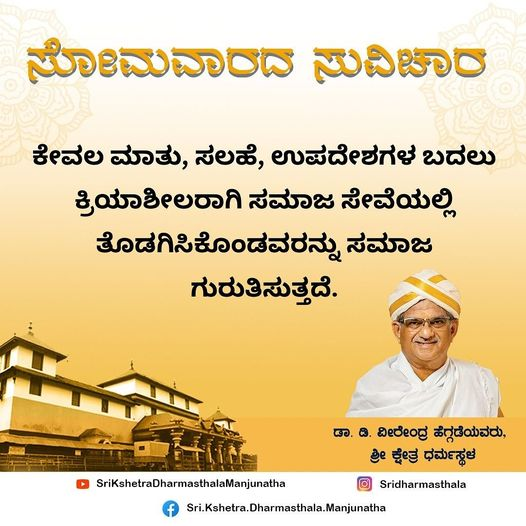The rural population of any state in the country, easily goes unnoticed, given to the advancements that the urban populace has achieved ever since the technological disruption in their lives. The rural population is mostly looked upon as a labour segment; this is the notion that Shri Veerendra Heggade wanted to eradicate from the society. A lot of initiatives have since been brought about to make a change in the standard of living of the rural population by providing them exposure to various ways of trading and financial aid to become entrepreneurs or to be employed, that will eventually lead to a betterment in their lives.
For more information:


